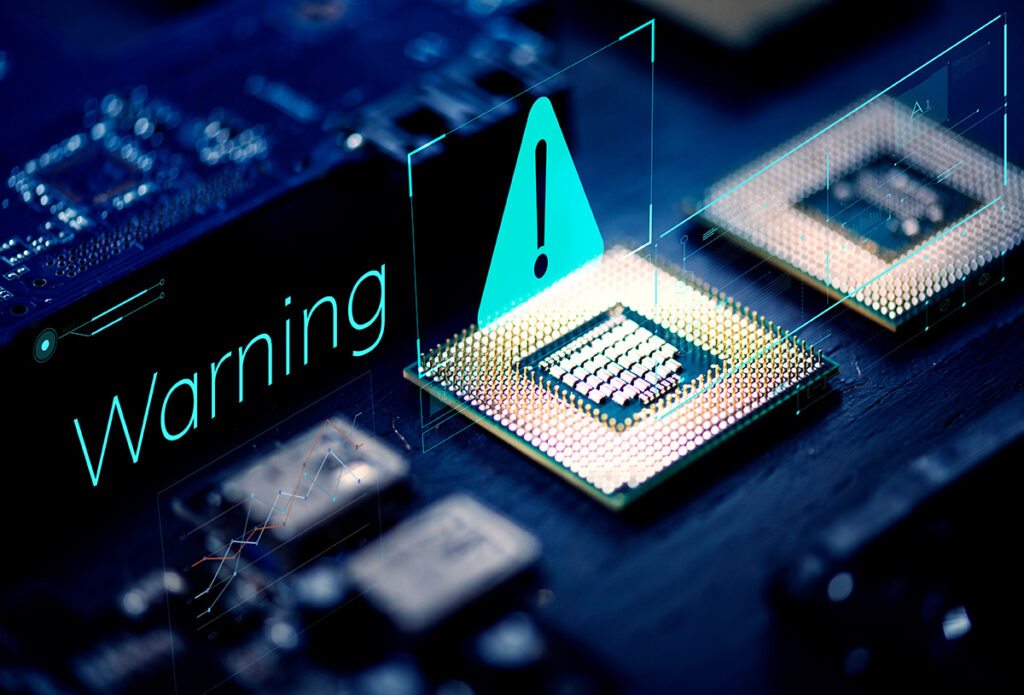- Home
- About Us
- Our Services
- Parts Screening & Testing
- EEE Parts Management
- Destructive Physical & Failure Analysis
- Counterfeit Parts Analysis, Screening, & Detection
- RF Testing, Screening, & Qualification
- Custom Assembly, Packaging & Qualification
- Patented DPEM Process for Die Removal
- Cryogenics Test Lab
- Trusted Semiconductor Die/Wafer Source
- QML Memory
- Obsolete Parts Replacement
- Quality
- News
- Contact
- Search
Call Us Today!: 805-581-9200
Call Us Today!: 805-581-9200
- Home
- About Us
- Our Services
- Parts Screening & Testing
- EEE Parts Management
- Destructive Physical & Failure Analysis
- Counterfeit Parts Analysis, Screening, & Detection
- RF Testing, Screening, & Qualification
- Custom Assembly, Packaging & Qualification
- Patented DPEM Process for Die Removal
- Cryogenics Test Lab
- Trusted Semiconductor Die/Wafer Source
- QML Memory
- Obsolete Parts Replacement
- Quality
- News
- Contact
- Search
- Home
- About Us
- Our Services
- Parts Screening & Testing
- EEE Parts Management
- Destructive Physical & Failure Analysis
- Counterfeit Parts Analysis, Screening, & Detection
- RF Testing, Screening, & Qualification
- Custom Assembly, Packaging & Qualification
- Patented DPEM Process for Die Removal
- Cryogenics Test Lab
- Trusted Semiconductor Die/Wafer Source
- QML Memory
- Obsolete Parts Replacement
- Quality
- News
- Contact
- Search
Counterfeit Part Analysis, Screening, and Detection
DPACI performs all Counterfeit Part Analysis, Screening, and Detection at our 40,000 Square Foot facility and under one roof of a DMEA Trusted Test Facility for quick turnaround and immediate failure analysis reporting of detected suspect counterfeits.

The Microcircuits Counterfeit Problem:
Over the past 20 years, counterfeiters have been taking advantage of the unaccounted traceability and sourcing of COTS (Commercial-Off-The-Shelf) components by remarking substandard parts of similar form, fit and function then selling them to the high reliability market. Due to the acceptance of COTS, Plastic Encapsulated Microcircuits (PEMs) were introduced to the aerospace, military and space industry worldwide. Since the variations of plastic are many and the marking was not controlled, it was not difficult to find plastic parts of similar package, number of leads and even similar function to remark and sell for a much higher price.
This created a lucrative industry for counterfeiters to “recycle” parts from scrap commercial electronics and reprocess them to fulfill worldwide requests for diminishing supply or high reliability semiconductors. To make the situation worse, for years many defense hardware manufacturers of subsystems did not have standards to purchase semiconductors. The Counterfeit problem was finally addressed by Congress in 2013 with “HR1960 SEC812 - AMENDMENTS RELATING TO DETECTION AND AVOIDANCE OF COUNTERFEIT ELECTRONIC PARTS”.
Many of the “suspect” parts are used in mission critical systems in manned and unmanned programs. As of this date there is still no global standard for the verification of counterfeit semiconductors.

The History...
Prior to the COTs directive, the Defense Supply Center Columbus (DSCC), now known as the Defense Logistics Agency (DLA), required hermetically sealed ceramic or metal packaged semiconductors to be qualified only for the defense industry. All parts used in defense and space contracts were required to be qualified to a “mil-spec” and the manufactures were controlled and audited by the agency periodically with traceability throughout life cycle of the product. In June 1994, Defense Secretary William Perry, under President Clinton, signed a directive ordering the armed forces to buy products and components to the extent possible from Commercial off-the-shelf (COTS) sources rather than from defense contractors, signaling a major departure from the traditional “mil-spec” system of over 30,000 military specifications and standards. Although the intent was to save cost and progressively improve the defense industry, the Perry directive initiated the elimination of DSCC QPL (Qualified Product List) for semiconductor components and led the way for the incorporation of COTS in defense contracts. The high reliability semiconductor industry lost parts traceability for testing, certification, source control and pedigree for the aerospace, military and space industry supply system.”
DPACI's Counterfeit Detection Process
Taking all the expertise and assets acquired over 40 years to detect and analyze suspect parts, DPACI has the advantage of using historical data for the sequence of different certified MIL-STD testing processes to define an optimized test sequence for EEE counterfeit components. The optimization in terms of confidence must take into account the probability of anomaly detection and process time for each testing process. Identifying the processes which yield the highest confidence and performing a limited high confidence tests as a suspect counterfeit analysis will effectively create the best analysis flow in terms of cost and delivery for our customers.
Although there are authorized committees who are in the process of defining test flows for distributors, buyers and end users, there are no released documented standard flows with detection confidence identified to use for suspect counterfeit testing. The sections identified below for, Risk Analysis and Counterfeit Screening, show why there is an authenticity issue and what DPACI presents as a viable solution to the ever-increasing counterfeit problem.”
DPACI’s multi-step process builds Counterfeit Detection Confidence (CDC) of digital, linear, mix signal microcircuits and discrete semiconductors, based on the Process Cycle Time (PCT) and the Effective Detection Coverage (EDC) of the device characteristics and properties for each Test Process.
RISKANALYSIS
DPACI has performed Risk Analysis on each screening process method under MIL-STD-883 and MIL-STD-750 based on its capability …
COUNTERFEITSCREENING - PHASE I
The Phase I Flow is optimized to a near 100% confidence level of authenticity if the parts are 100% screened and 100% passed.
COUNTERFEITSCREENING - PHASE II
DPA Trusted Parts PHASE II screening and DPA meets the requirements of SAE AS5553 for mission critical end users.

